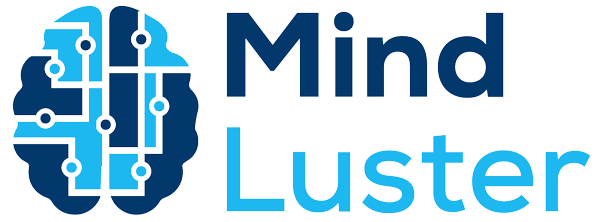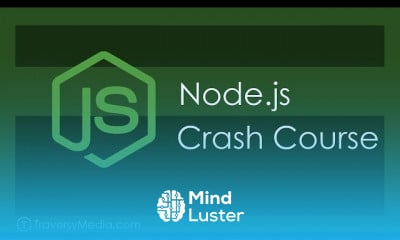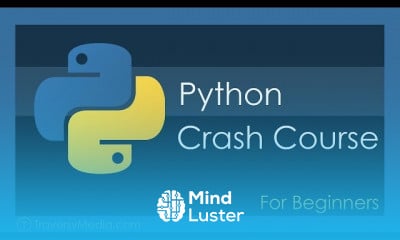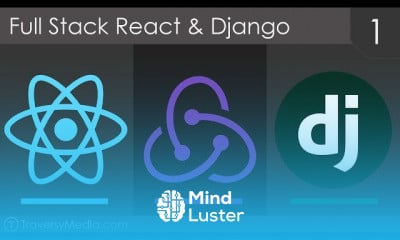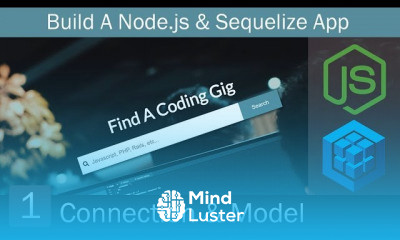VHDL dataflow modelling basics
Programming
Another Programming Courses
VHDL dataflow modelling course, in this course we will learn about VHDL dataflow modelling. This course starts with an introduction to the fundamental concepts of VHDL and its applications in digital design. We will explore the principles of dataflow modelling, focusing on how data moves through a system and how to represent this flow using VHDL. You will learn to use concurrent signal assignment statements to describe complex digital circuits, enabling efficient and clear representation of digital systems. Through practical examples and hands-on exercises, you will gain proficiency in writing VHDL code that captures the flow of data in a design, ensuring that your digital circuits are both accurate and optimized. We will cover key topics such as signal declaration, concurrent execution, and the use of logical and arithmetic operators in dataflow descriptions. By the end of this course, you will have a solid understanding of how to model digital systems using VHDL dataflow techniques, preparing you for more advanced VHDL design and verification tasks. This course is ideal for students, professionals, and anyone interested in mastering digital design using VHDL.
